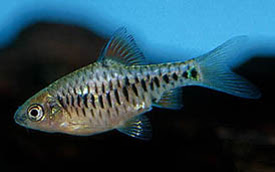ONE ADVANTAGE of keeping fish is the small amount of time required for maintenance: a few minutes each day for feeding and perhaps an hour or so a week for cleaning.Periodic tests for water quality area advisable, especially with marine tanks, dedicated fish,or when breeding, but water hardness need not unduly worry the average keeper.
Fish diseases are usually initiated by stress, often caused by change in the aquarium enviroment or by pollution from over feeding or the decay of the carcasses of the dead fish.Fortunately, most ailments can be diagnosed, and many respond to medication or treatment .
TREATING COMMON AILMENTS
.White Spot:- (Ichthyopthirius) Small white spots appear on the body and fins.It can be remedied with a commercial water treatment.The marine equivalent is Crptocaryon.
.Velvet:- Similar to white spot, but spots are smaller.All forms are caused by Oodinium parasites, which respond to treatment.
.Fungus:- (Saprolegnia) The body has ''woolly'' growths; remedy with a salt bath, or , for freshwater fishes, a swab with a proprietary treatment.
.Mouth ''Fungus'':- This usually respond to antibiotics, which area available from a veterinarian.
.Skin and Gills Flukes:- Fish scratch against objects to relieve the irritation of skin flukes(Gyrodactylus).Gill flukes (dactylogyrus) cause fish to hang, with gills inflamed, at the surface.Commercial treatments are effective.
.Fin-Rot:- Often a secondary ailment due to acidic water, tissue between the fin rays is gradually eroded by bacteria.Changing the water may promt a recovery.
.Dropsy:- Scales stand out from the body and the fish becomes bloated;no cures are reliable , and fish are best destoryed.






























































